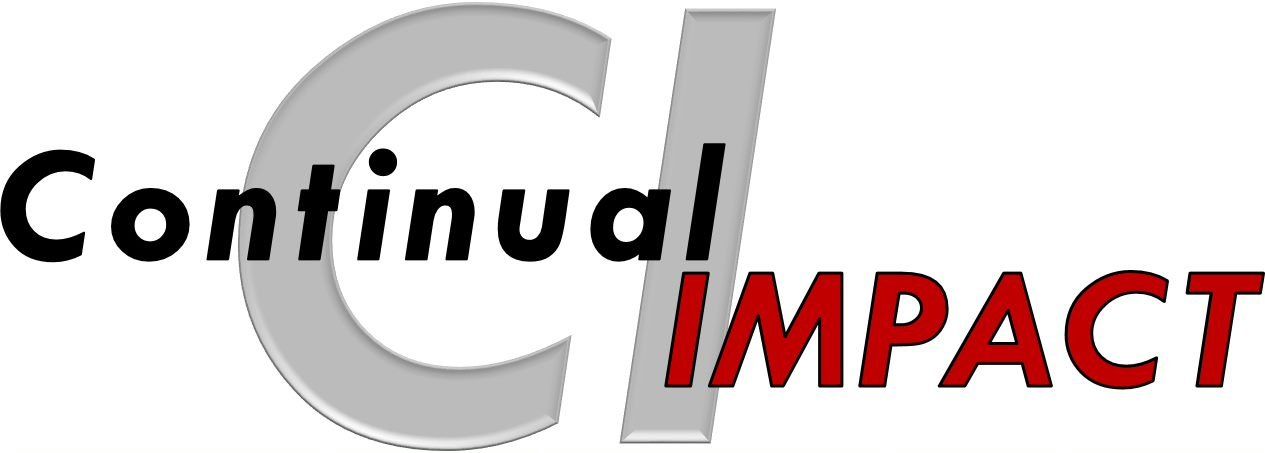Can your team be high performing without standardized work?
An improvement has been identified and implemented yet it is not being followed successfully – ever wonder WHY? There may be several causes why the team members are not following the change (see table for other possible causes). Let’s explore one of those reasons – the existence of GOOD standardized work

What is Standardized Work?
- The documented best-known method of the work with identified important steps and key knowledge within the steps
PLUS
- The process used to generate, document, store and revise the standardized work for everyone to follow
- Input to the development of talent; serves as the basis for training
Why should you care about documenting and using standardized work?
- Improves Performance
– Eliminates the need for everyone to figure it out themselves
– Reduces variation in an individual’s performance and between people in the same work process – gets everyone to the best-known way
– Enables best practice sharing between team and locations
- Reduces chaos and frustration for the team
- Makes training much more effective and efficient
- Enables easier job sharing and flexibility
- It is a powerful basis for further improvement – standardized work helps you see more of the waste in a process, improve, and innovate!
Do you have a good process for standardized work?
- Does it exist particularly for processes that impact quality, timeliness, and cost?
- Is it coached by supervisors?
- Created by people doing the work?
- Easy to find?
- Easy to use?
- Easy to understand?
- Easy to change?
Documenting standardized work can be done in various formats*
Knowledge Document
- Most detailed format; may be several pages long; similar to a procedure
- Contains all detailed work process information, in the sequence in which it is performed
- Designed for complicated or less frequently performed operations and new users
Single Point Guidelines
- Medium level of detail; typically, 1-3 pages long
- Includes only key process tasks in the sequence of operation, not all detail
- Highlights critical steps, especially those prone to error
- Very visual, with photos and illustrations
- Can contain varying levels of detail
- Visual representation of the flow of steps in a process
- Similar to a flowchart, but with designated roles
- Contains key points, resources needed, standards of performance
And supported by Visual controls
and mistake proofing devices to help you do it the right way!
- Simple images, templates, checklists or devices providing the instruction
- Reading not required
* from “Lean Champions Resource Guide”, Chris Bujak, Chris Schucker, & Raphael Vitalo Vital Enterprises
How do you get started? What are the steps to creating good standardized work?
- Identify target process – Which are the most important steps to cover with standardized work?
- Determine the Applicability/Scope (e.g. all locations)
- Determine goals and measures of work output
- Decide the level of detail and format needed (see pictures for format examples)
- Establish the repository and management for standardized work; Where kept? Who updated/maintains as better approaches are identified?
- Create the standardized work; What are the important steps; what are the key pieces of information and why?
- Test and update with people who do the work
Let us know how you did, what questions you have, and show us your example!


